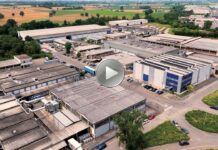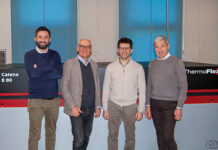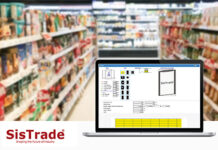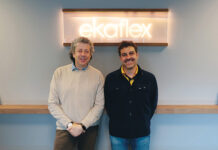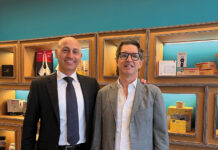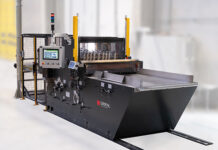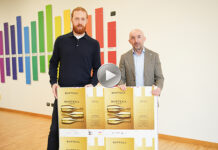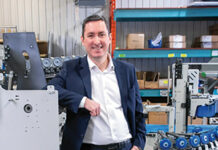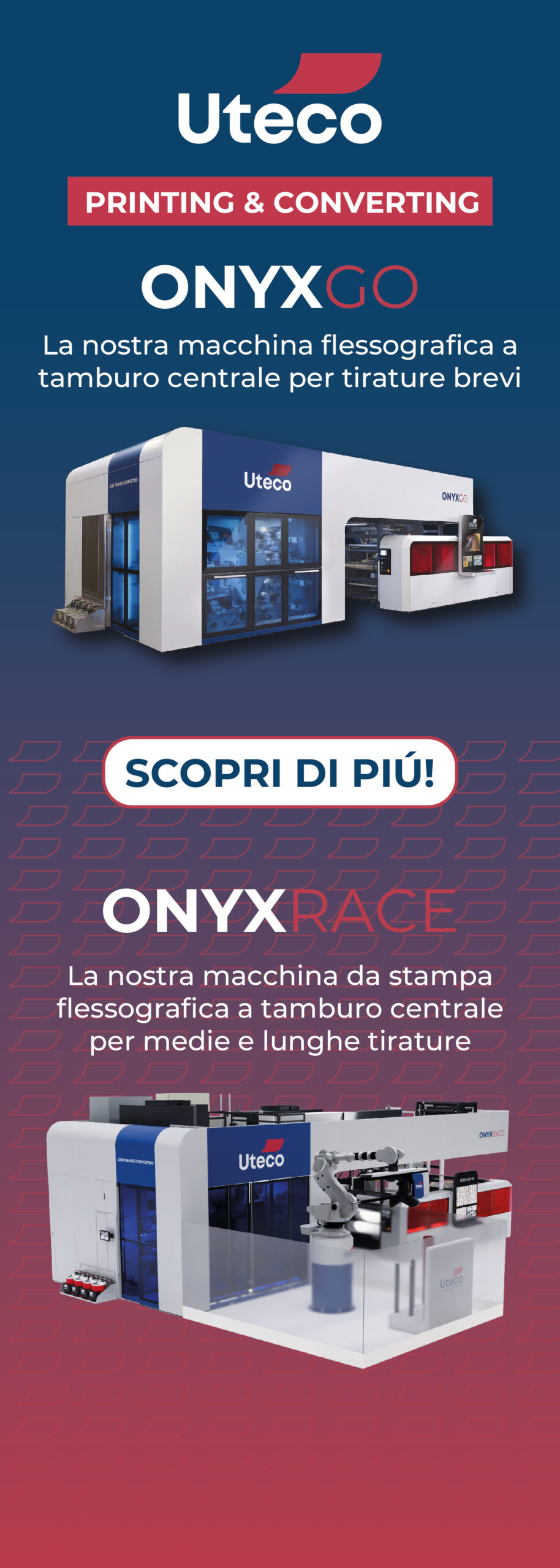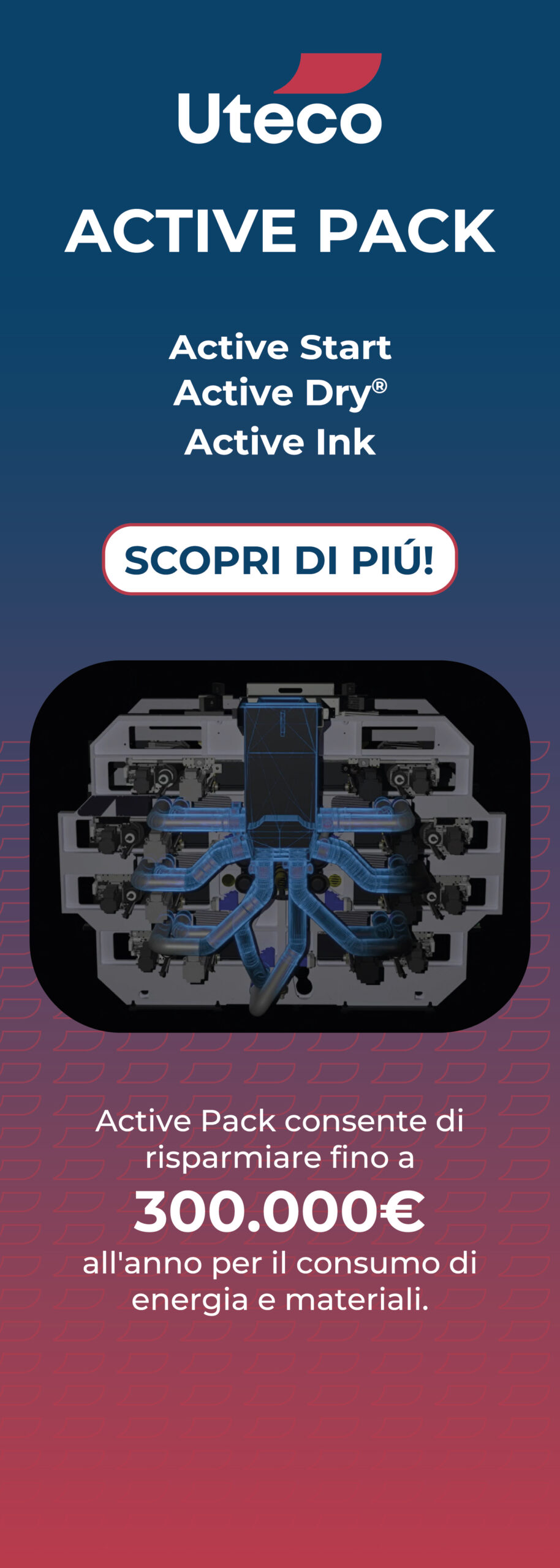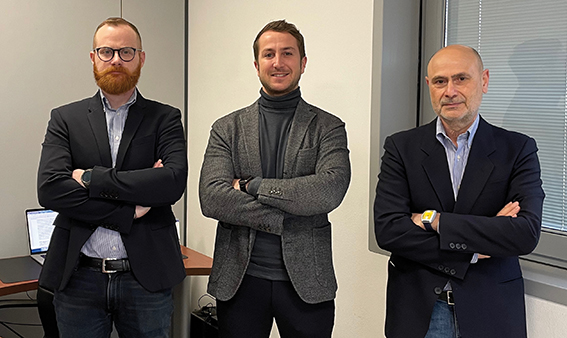
SEAB Automazioni Industriali celebrates 40 years of activity in 2021. Family-run company, founded in 1981 by two young technicians and friends, based in Terruggia Monferrato (Al) in the heart of the italian gravure valley, is now specialized in the converting sector and looks to the future with renewed optimism.
To change or not to change? Upgrade the whole production line or undertake a gradual renewal process? Raise your hand who among the converters has never been faced with such a difficult choice; replace an old production line and invest in a new plant or upgrade it, modernize it and make it perfectly performing?
It was precisely to seize the opportunities of a thriving and rapidly developing market and to give answers to printing companies, that was born in 1981 SEAB Automazioni Industriali (acronym for Società Elettrica Amico Bonaria) from the idea of two friends and colleagues, Giorgio Bonaria and Sandro Amico.
The two partners began their activity as electrical maintainers of industrial plants, but soon, given the geo-location of their business, it was quite natural to specialize in the printing and converting sector, dedicating themselves to the handling of offset and gravure machines and then develop the revamping sector, that is the electrical and electronic “restructuring” of printing and converting machines and securing from a regulatory point of view, which is today the core business of SEAB. When facing a revamping project, keeping the structure of the machine more or less identical to the original project (even if in the presence of mechanical machines it is necessary to make changes to insert the electronics), all obsolete components are replaced such as PLCs, motors, drives and inverters with latest generation components on the market.
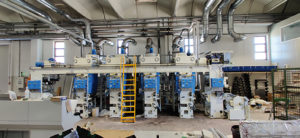 We deepen our knowledge of this company with Simone Bonaria, former owner of the companies BFT Flexo and BFT Carbon, specialized in automatic inking systems and carbon fiber doctor blade chambers. Bonaria has also decided to enter SEAB operationally after the untimely death of her father Giorgio, thus completing the management already made up of her brother Nicholas Bonaria, the company’s technical manager, and Sandro Amico, co-founder and financial manager.
We deepen our knowledge of this company with Simone Bonaria, former owner of the companies BFT Flexo and BFT Carbon, specialized in automatic inking systems and carbon fiber doctor blade chambers. Bonaria has also decided to enter SEAB operationally after the untimely death of her father Giorgio, thus completing the management already made up of her brother Nicholas Bonaria, the company’s technical manager, and Sandro Amico, co-founder and financial manager.
So for the second generation, printing sector has always been a family matter, and now also an affective matter to be pursued with renewed enthusiasm, to continue in the footsteps traced by father Giorgio since that distant 1981.
SEAB: the goal is innovation for revamping
“Today SEAB is a reality with 15 employees destined to increase, we have decided to hire a new gravure printing expert because we believe it is essential to provide our customers with a complete service.
It is true that the electronic part is essential to make the machine work, but without the skills of a qualified printing operator there is the risk of thwarting the job”, Simone Bonaria begins.
SEAB intends to renew the experience of using printing machines starting from the graphic interface with which the printer will have to control production. In fact, it often happens that the panels of the machines are of old conception, not very user-friendly and difficult to understand for the operators, today certainly more used to dealing with fingertip technology on smartphones and tablets.
“We also want to make various innovations to facilitate the entry of new and young operators into this world and to do so we must be able to create operator interfaces that are easy to understand even for the less experienced, make the instructions simple to teach them the functions of the machine, in order to fully exploit it”, adds Simone.
Thanks to the partnership with Siemens that has been going on for over 30 years, SEAB has started a project to train two people in the use of the new latest generation Unifield panels, to promote this new technology to manufacturers, helping them to adopt the new panels of the future, thanks to which it will be possible to receive machine notifications on your smartphone, to have increasingly innovative and performing machines.
The importance of a detailed analysis
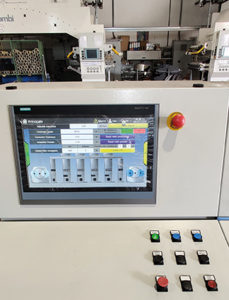 Are retrofitting and revamping really cost-effective? To answer this, which we imagine is the first question a customer submits to SEAB, the company supports customers with a detailed analysis, starting from the quantization of downtime and arriving at costs and benefits of each new component of the line, to understand the payback times, given not only by the performance of the machine, but also in terms of reliability of the new system.
Are retrofitting and revamping really cost-effective? To answer this, which we imagine is the first question a customer submits to SEAB, the company supports customers with a detailed analysis, starting from the quantization of downtime and arriving at costs and benefits of each new component of the line, to understand the payback times, given not only by the performance of the machine, but also in terms of reliability of the new system.
“The cost of a complete revamping of a gravure machine can reach up to € 500,000”, says Simone Bonaria, “and we often find ourselves in front of customers who, even if decided, ask us to intervene gradually, to spread the cost over time. Our task is to submit a precise analysis of all obsolete components, providing a priority scale, a timeframe for the replacement of those components and any costs resulting from machine downtime caused by the breakdown of obsolete components; only by doing so the customer can understand which is the first step to face”.
Gravure revamping and more…
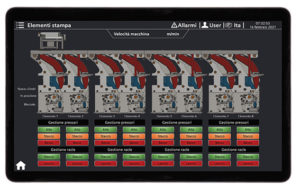 SEAB has always been linked to the world of gravure printing, slitter-rewinders, winders-unwinders, and coaters-laminators. But with the arrival in the company of Simone Bonaria, who has been involved in the flexo printing market for several years, the company has decided to expand its offer to flexographic printing as well, with dedicated assistance services.
SEAB has always been linked to the world of gravure printing, slitter-rewinders, winders-unwinders, and coaters-laminators. But with the arrival in the company of Simone Bonaria, who has been involved in the flexo printing market for several years, the company has decided to expand its offer to flexographic printing as well, with dedicated assistance services.
In the latter period, printing and converting companies are working at full capacity, and it is no coincidence that requests for systems revamping are increasing.
Never as in times of market uncertainty, facing an upgrade of a production solution can undoubtedly represent the key to success for tackling peaks in work without necessarily having to invest in new equipments. And a company like SEAB can certainly be a precious ally also for manufacturers of new systems, who rarely manage internal revamping projects, but in this way can guarantee a quality service to their customers, without losing contact with them, in view of any future new projects.
“We have signed some agreements with major manufacturers of printing and converting machines for revamping assistance on their used machines. A sector that is experiencing a growing demand for revamping is that of slitter-rewinders, in which mechanical components play a very important role, and therefore even machines of a few decades ago, if suitably updated with current electronics, can safely operate, satisfying the modern cutting needs required by the market.
We have noticed that companies like revamping because it limits change, which can sometimes represent an obstacle, while ensuring a fundamental safety of their production systems”, adds Bonaria.
The company is growing significantly and plans to expand both nationally and internationally with collaboration agreements with machine manufacturers who find in SEAB a highly qualified partner with whom they can maintain direct contact with their customers, even if you are not talking about a new system.





